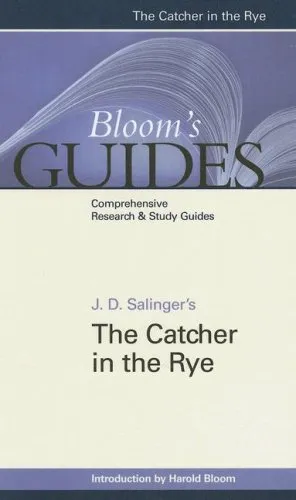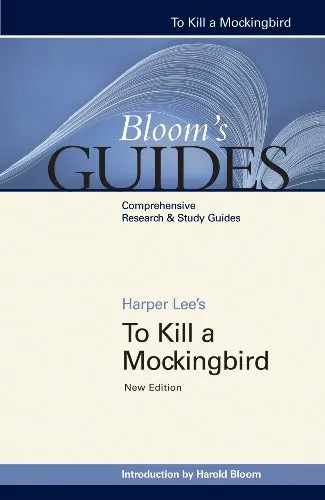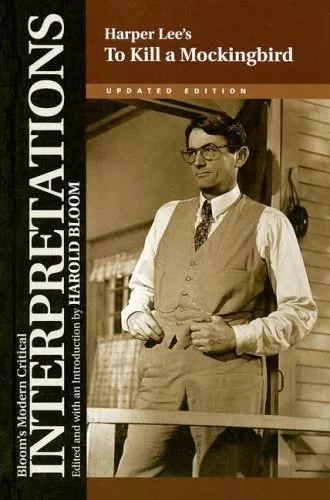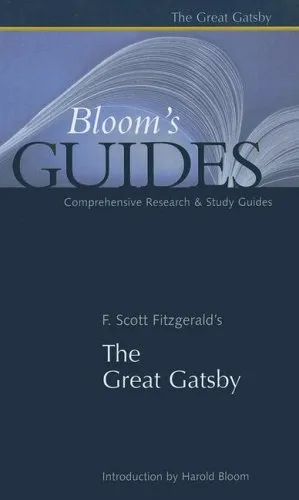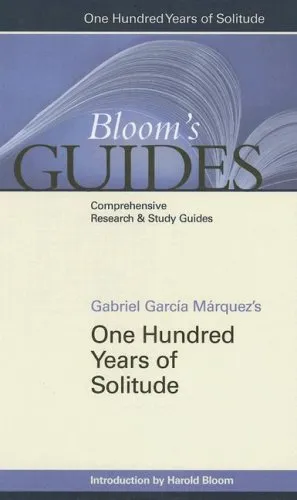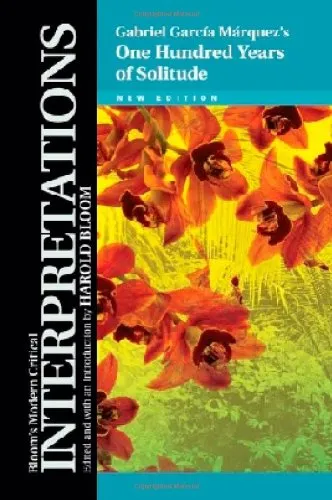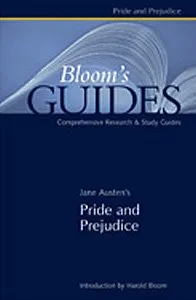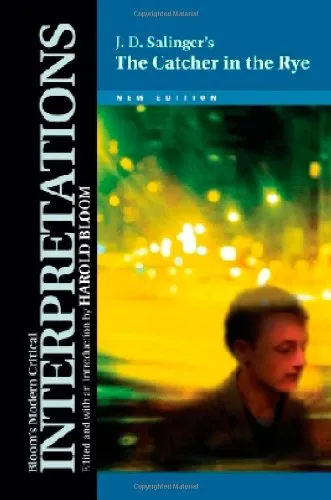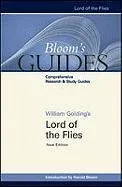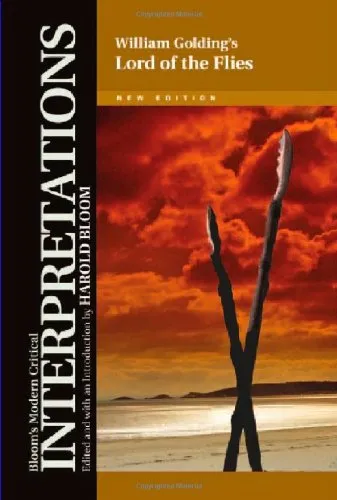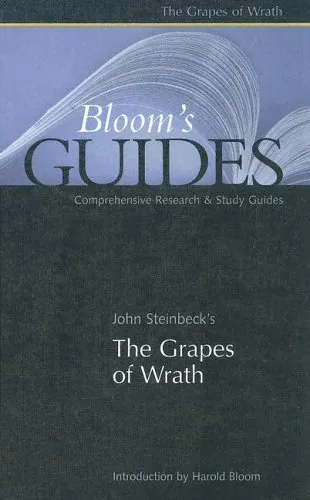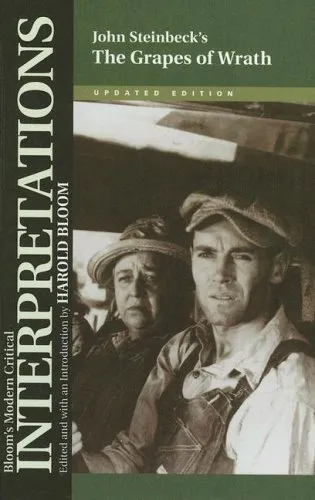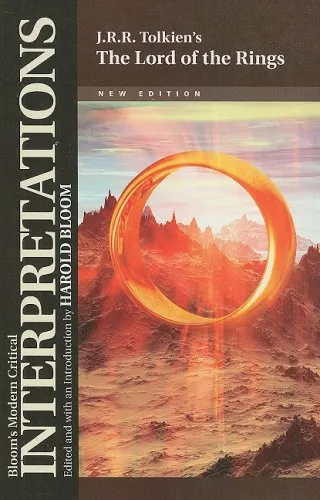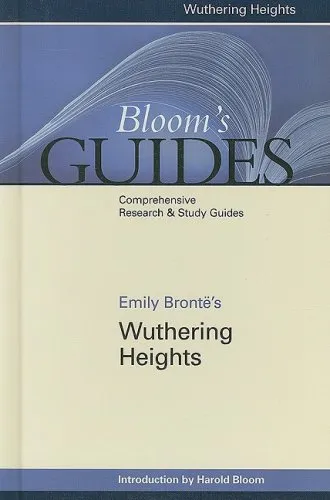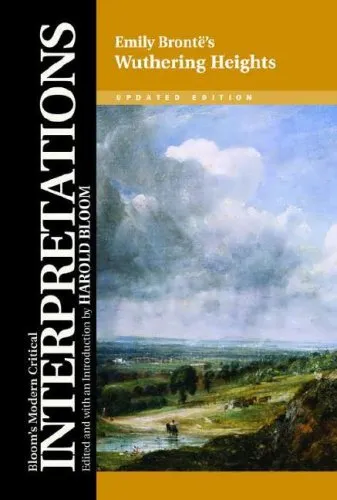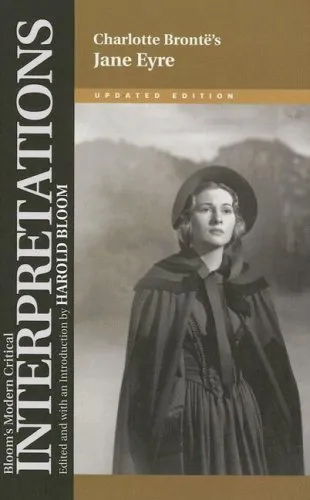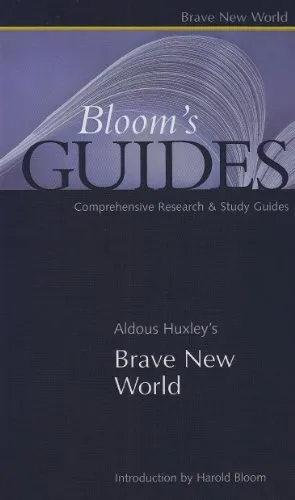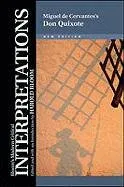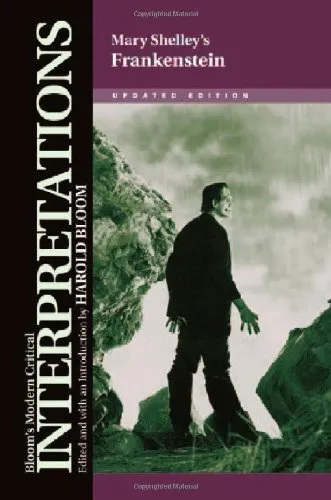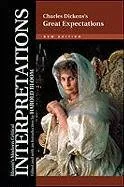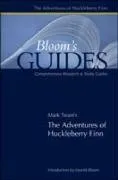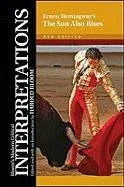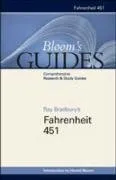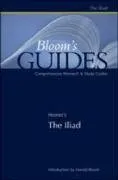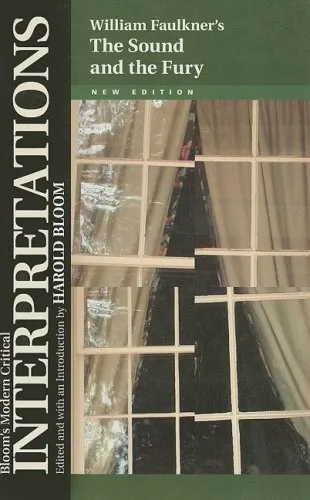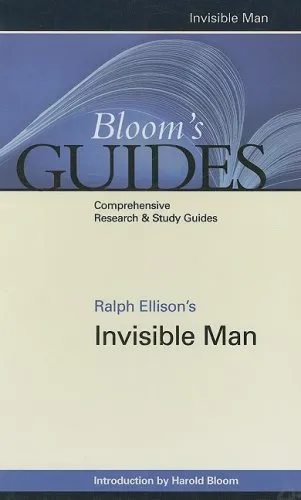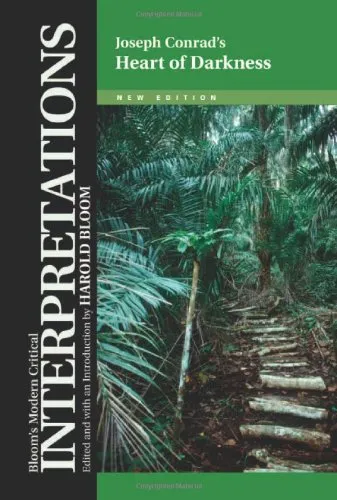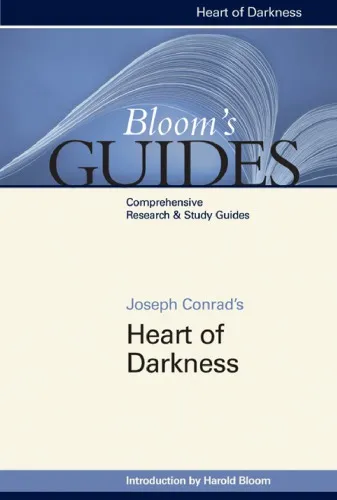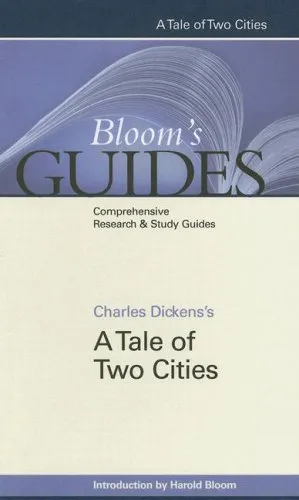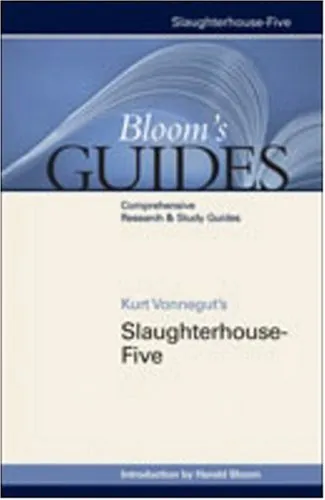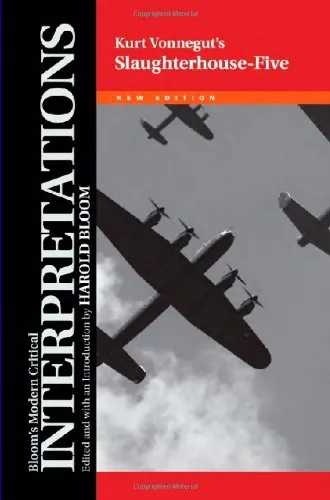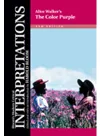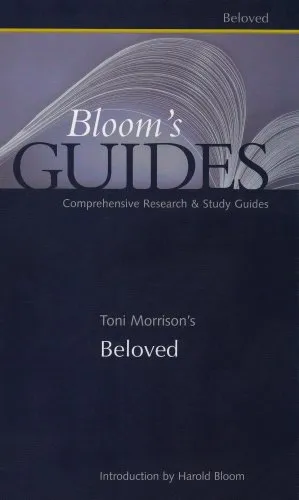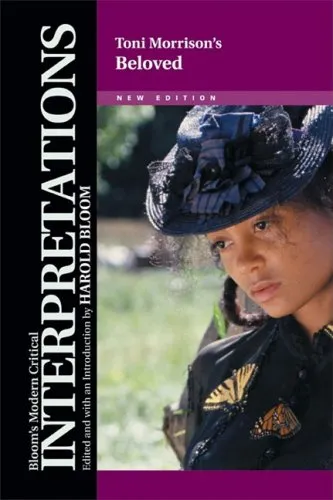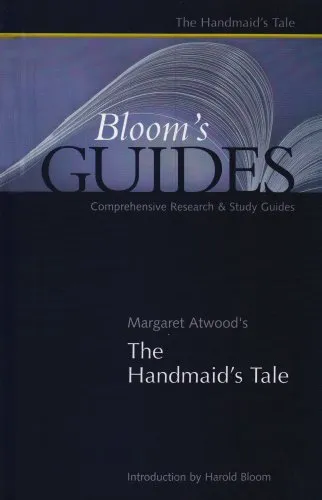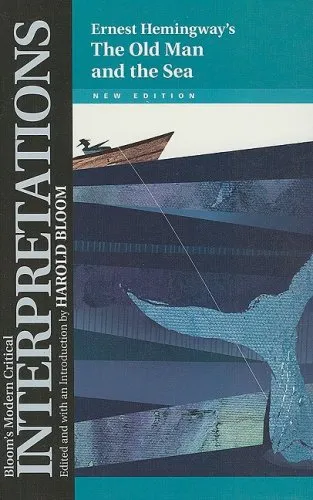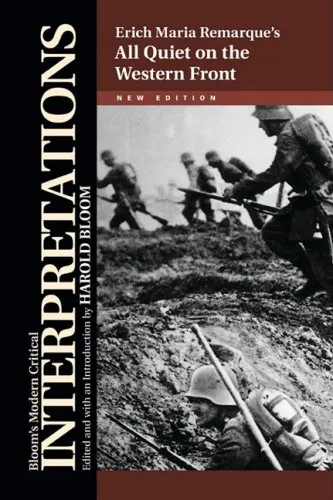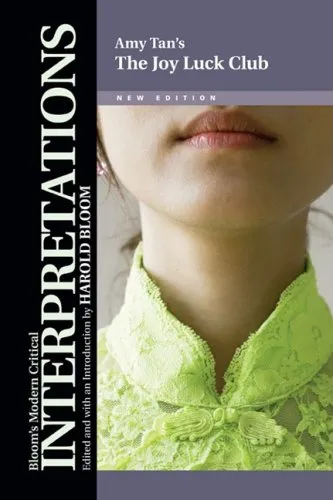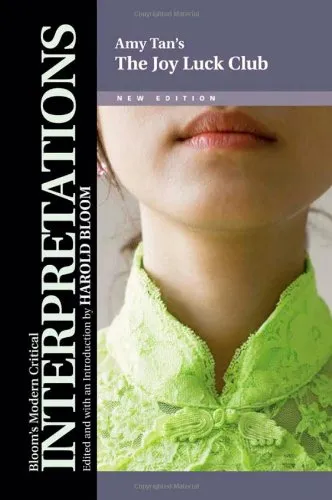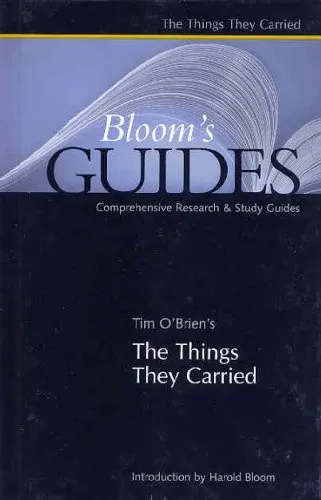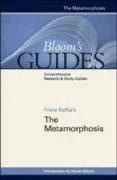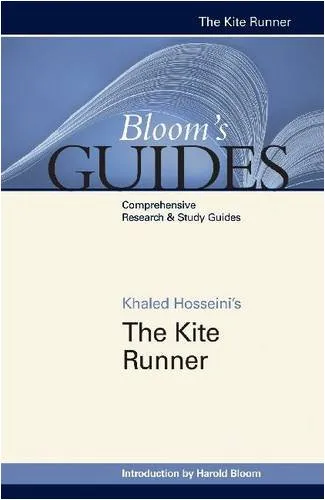J D Salinger's The Catcher in the Rye (Bloom's Guides)
3.6
Reviews from our users

You Can Ask your questions from this book's AI after Login
Each download or ask from book AI costs 2 points. To earn more free points, please visit the Points Guide Page and complete some valuable actions.Related Refrences:
Persian Summary
Welcome to the comprehensive guide on J.D. Salinger's seminal work, The Catcher in the Rye. This guide is designed to illuminate the profound depths and complexities of the novel, offering readers a critical lens through which to appreciate this iconic piece of literature.
Detailed Summary of the Book
The novel The Catcher in the Rye, published in 1951, revolves around the contemplative narrative of Holden Caulfield, a young teenager navigating the turbulent phase between adolescence and adulthood. Set in the post-World War II era, the story unfolds over a few days in New York City after Holden is expelled from yet another prestigious preparatory school. Through his first-person perspective, readers are privy to his inner struggles with identity, alienation, and the ubiquitous phoniness he perceives in the adult world.
Holden's journey is both physical and metaphorical. As he roams the bustling streets of Manhattan, he grapples with painful memories of his deceased brother, Allie, and his complicated relationships with his family and peers. This guides him towards a deeper existential query on where he fits in the world. The interplay between his criticism of the adult world and his vulnerability exposes his fear and yearning for innocence, encapsulated in his fantasy of becoming "the catcher in the rye" — a guardian who saves children from losing their innocence by preventing them from falling into the corruption of adulthood.
Key Takeaways
- The novel explores the theme of alienation as a form of self-protection. Holden isolates himself to shield his emotional vulnerability.
- Salinger delves into the preservation of innocence, with Holden's dream of protecting children symbolizing his own desire to preserve his childhood purity.
- It sheds light on the transition from adolescence to adulthood, highlighting the struggles and contradictions inherent in this life phase.
- The narrative's colloquial language and stream-of-consciousness style immerse the reader into Holden's chaotic mind.
Famous Quotes from the Book
"People always think something's all true."
"The mark of the immature man is that he wants to die nobly for a cause, while the mark of the mature man is that he wants to live humbly for one."
"It's funny. All you have to do is say something nobody understands and they'll do practically anything you want them to."
Why This Book Matters
The relevance of The Catcher in the Rye endures through generations due to its timeless exploration of universal themes like identity, belonging, and the loss of innocence. Salinger's portrayal of Holden Caulfield's internal battle resonates with readers grappling with existential questions and societal expectations. The novel broke ground in its candid discussion of adolescent angst, inspiring a multitude of subsequent literary works that explore similar themes.
Furthermore, Salinger's work is recognized for its contribution to literature through its unique narrative style and its role in shaping the Bildungsroman genre. The novel's ability to capture the authentic voice of a teenager was revolutionary and continues to captivate audiences today who see reflections of themselves in Holden's struggles.
In an educational context, this book serves as a crucial component of curricula that aim to engage students with questions about morality, ethics, and authenticity. It challenges readers to confront their perspectives on society and encourages an exploration of one's true self.
Free Direct Download
You Can Download this book after Login
Accessing books through legal platforms and public libraries not only supports the rights of authors and publishers but also contributes to the sustainability of reading culture. Before downloading, please take a moment to consider these options.
Find this book on other platforms:
WorldCat helps you find books in libraries worldwide.
See ratings, reviews, and discussions on Goodreads.
Find and buy rare or used books on AbeBooks.
1571
بازدید3.6
امتیاز50
نظر98%
رضایتReviews:
3.6
Based on 0 users review
"کیفیت چاپ عالی بود، خیلی راضیام"
Questions & Answers
Ask questions about this book or help others by answering
No questions yet. Be the first to ask!
